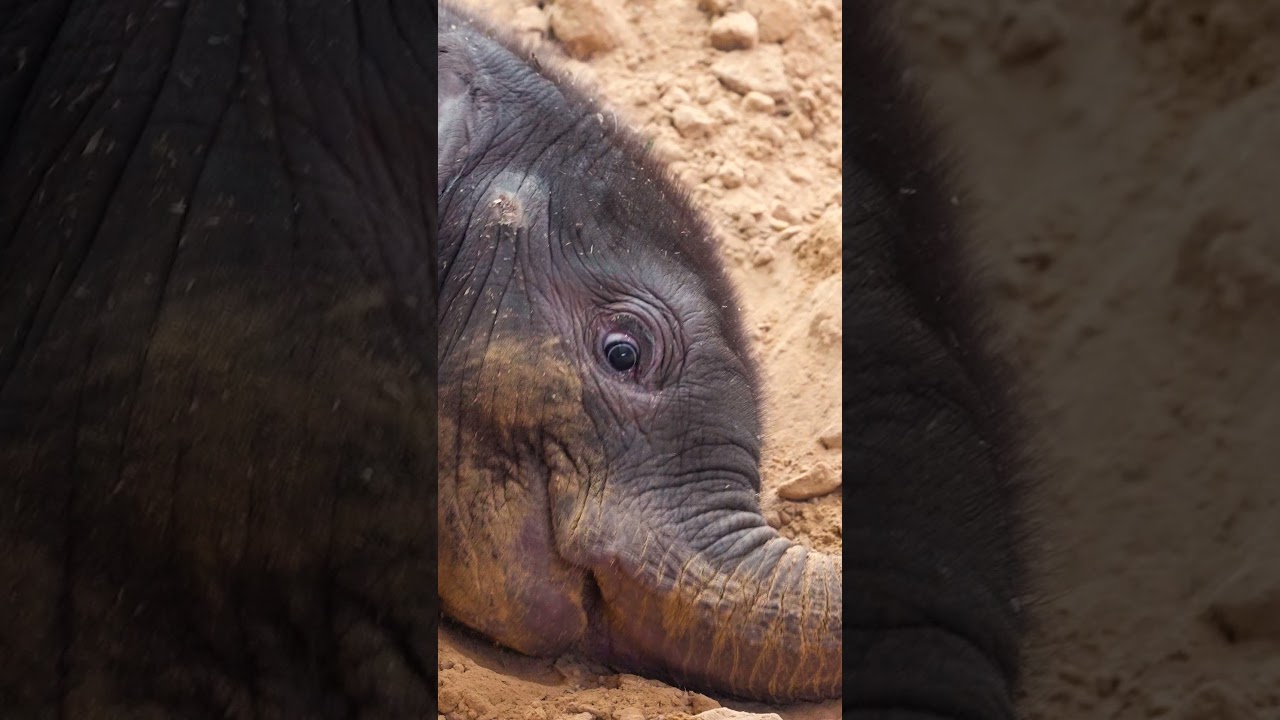– Insights into the behavior and development of baby elephants playing in the sand
– The role of play in the physical and cognitive growth of elephants
– How observing these playful activities contributes to wildlife conservation efforts
– Key considerations in zoo management for promoting natural behavior among captive elephants
Seeing a baby elephant play in the sand is a captivating sight that combines the innocence of youth with the majesty of one of nature’s most revered species. This activity is not merely an adorable spectacle; it is a window into the complex lives of elephants and holds significant implications for zoology, zoo management, and wildlife conservation.
When a young elephant engages with its environment, such as playing in the sand, it participates in behaviors crucial for its development. Similar to how human children learn and grow through play, baby elephants benefit in several ways from these activities. Firstly, tactile interaction with sand helps develop fine motor skills. The sensation and manipulation of different textures prepare them for the various terrains they will navigate throughout their lives. Secondly, this playtime is critical for social bonding. In the wild, elephants live in closely-knit matriarchal herds. The interactions among siblings and their mothers during play are essential in forming these strong social bonds vital for survival.
Furthermore, play is a critical method for young elephants to explore and understand their strength and practice the coordination of their bodies. Their playful antics, such as rolling, throwing sand over their backs, and mock charges, aid in muscle development and motor control. Engaging in such activities also has cognitive benefits, including problem-solving skills and emotional development, as elephants exhibit a wide range of emotions and complex social behaviors.
The significance of observing these playful behaviors extends into wildlife conservation. Understanding natural behaviors, such as how and why elephants play, is critical for developing effective conservation strategies. It highlights the importance of protecting natural habitats that offer the rich environmental stimuli necessary for the healthy development of young elephants. Moreover, insights gained from these observations can guide the implementation of enrichment programs in sanctuaries and zoos aimed at mimicking natural behaviors to ensure the well-being of elephants in captivity.
Zoo management plays a pivotal role in promoting natural behaviors among captive elephants. Creating environments stimulating natural activities, like playing in the sand, requires thoughtful design and knowledge of elephant behavior. Enclosures should include varied landscapes with different substrates, including sand, mud, and water, to encourage exploratory and playful behaviors. Providing these elements encourages physical activity and mental stimulation, which are vital for the health and well-being of elephants in human care. Regular enrichment activities designed to provoke natural behaviors are crucial for maintaining elephants’ physical and mental health in zoos and sanctuaries.
By fostering an environment that allows for natural behaviors, zoo management contributes not only to the individual welfare of the elephants but also to educational and conservation goals. Visitors observing a baby elephant playing in the sand can gain a deeper appreciation for these creatures, fostering a connection that can inspire conservation action. Educational programs centered around these natural behaviors can effectively communicate the importance of habitat protection, the challenges elephants face in the wild, and the role of zoos in conservation.
In conclusion, the playful behavior of a baby elephant in the sand is a multifaceted activity with far-reaching implications. For the individual elephant, it is a vital part of physical and cognitive development and social bonding. From a zoological perspective, it offers invaluable insights into elephant behavior that can guide conservation and management strategies. For wildlife conservation, understanding and fostering natural behaviors is key to developing effective conservation strategies and educational outreach. Finally, in zoo management, facilitating such behaviors is essential for the well-being of elephants in captivity and plays a significant role in conservation education. Through careful observation, research, and thoughtful management, the simple joy of a baby elephant playing in the sand becomes an opportunity to contribute to the broader goals of elephant conservation and welfare.
*****
Source Description
Become a Zoo PAL for this sandbox superstar, Kirk! 🐘
All donations of $50 or more will receive a soft, cuddly plush of an elephant baby.
Learn more and adopt at toledozoo.org/zoo-pal
#ToledoZoo #ToledoOhio #Zoo #ZooAnimals #Elephant #BabyElephant #CuteAnimals


